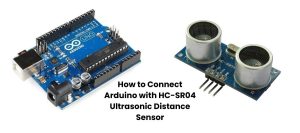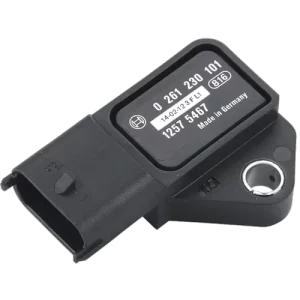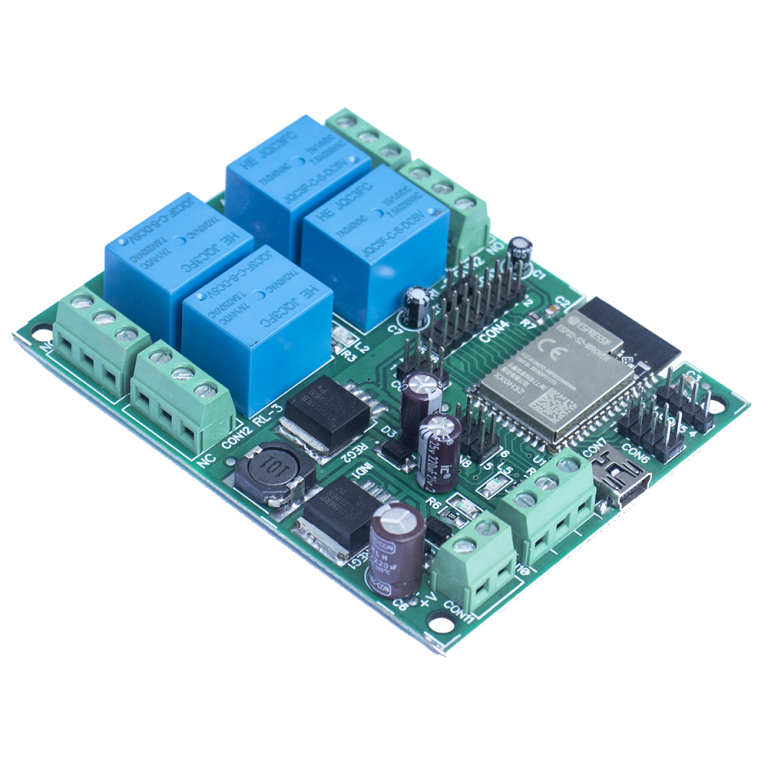Understanding the Landscape of IoT Platforms
IoT Connectivity Platforms
IoT Connectivity Platforms are instrumental in managing and monitoring communication protocols that link devices across WiFi, Bluetooth, and mobile internet. They provide both software and hardware solutions to oversee internet-connected devices and the networks controlling them. Ensuring devices stay current, secure, and compliant with industry standards, these platforms eliminate the need for extensive IT intervention.
IoT Device Management Platforms
Focused on managing and monitoring IoT-enabled devices and networks, these platforms provide tools for efficient management, real-time connectivity status monitoring, and additional features for tracking connections.
IoT Application Enablement Platforms
Empowering organizations to swiftly develop scalable, secure, and feature-rich applications, IoT Application Enablement Platforms create and deploy applications leveraging IoT data. These applications seamlessly integrate with a variety of IoT platforms.
IoT Analytics Platforms
Facilitating in-depth analysis of data generated by connected devices, IoT Analytics Platforms enable organizations to gain valuable insights into the vast amount of data generated by their IoT devices.
Industrial Platforms
Tailored for industrial IoT applications, Industrial Platforms cater to the specific needs of industrial settings, ensuring optimal performance and functionality.
Consumer Platforms
Geared towards consumer IoT applications, Consumer Platforms are designed to meet the unique requirements of consumer-focused IoT solutions, enhancing user experience and functionality.
Platforms Targeting Developers
Developer-focused platforms concentrate on providing tools and resources for creating and managing IoT applications, fostering innovation and flexibility for developers.
Higher-level (drag-and-drop) Platforms
Offering user-friendly interfaces through drag-and-drop functionality, these platforms are ideal for prototyping or creating minimum viable products (MVPs).
Platforms Focusing on Specific Verticals
Tailoring their features and capabilities to specific industries or verticals, these platforms provide specialized solutions, addressing the unique needs of various sectors.
On-premise vs. Edge vs. Cloud Platforms
Different deployment options, including on-premise, edge, and cloud-based platforms, each come with distinct advantages and use cases. Organizations must carefully consider these options based on their specific requirements.
The Crucial Role of IoT Platforms
These diverse platforms play a pivotal role in managing, monitoring, and deriving insights from IoT devices and networks, catering to the diverse needs and use cases across industries. When selecting an IoT platform, it’s crucial to consider the specific requirements of the organization and the capabilities offered by each platform type. The right choice can make a significant impact on the efficiency and success of IoT implementations.
You may also like:
What is a chatbot – understanding chatbots.
What is IoT and its examples ?
What is considered an IoT device ?


















